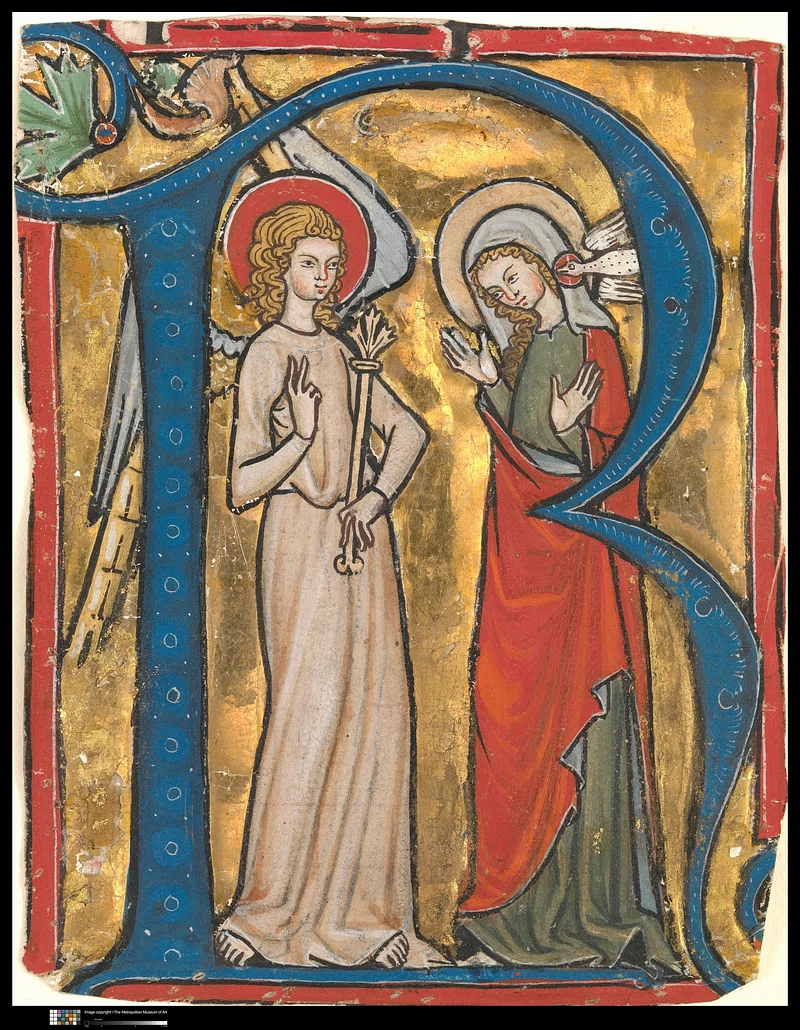From Chappell Roan and Zendaya’s Joan of Arc red carpet chic to Dior’s Cruise 2025 Collection, the renewed interest in medieval women’s wardrobes is reflective of a wider interest in bringing authenticity to the stories and experiences of historical female figures. Similar to the industrialised 19th century audience, it is also reflective of a society which is jaded by the unattainable rates of fast fashion and soulless trend cycles.
The Dior 2025 Cruise Collection is the perfect example of this phenomenon. Dior’s inspiration for their 2025 Cruise Collection was as follows: “The Dior cruise 2025 collection devised by Maria Grazia Chiuri is inspired by the plural legacy of Mary Stuart. Reinvented corsets, tartans and embroidery are combined with bold tweeds, celebrating Scottish elegance with a punk twist. These resolutely modern looks embody strength, femininity and a rebellious spirit.” The historical silhouettes paired with harsh and bold textiles and accessories mirror the broader cultural shift towards embracing the imperfect, bold and resilient women of the past, reclaiming their legacies and stories.
An important book which encapsulates this shift is She-Wolves by Helen Castor, a seminal text for the focus on female power in a historical context. Dior captures the essence of this sobriquet ‘she-wolf’ visually and texturally, with the striking example of two dresses, both in medieval and Early Modern silhouettes (one interestingly in a typically masculine tunic for the era), with epithets typically thrown at women placed in bold red text, centre front against a contrasting black or white background; this is also paired with hardware elements and modern materials, such as latex. Some of these vitriolic phrases include ‘nag’, ‘hysterical’ and ‘bossy’, amongst other words historically and currently used to devalue women’s opinions.
There are certainly parallels between the Victorians’ obsession with the medieval world and current fascination. However, strength and rebellion has previously been perceived as antithetical to femininity in past instances of medieval revivalism, as reflected in the exaggerated gender ideals of the time and the glorification of medieval depictions of fragility and femininity in contrast with masculinity and chivalry, depicted in the fastidious and stuffy etiquette manuals of the day as well as Victorian medievalism in art, including in the works of the Pre-Raphaelites. In a time of rapid political and technological change, it makes sense that the Victorians found refuge in a glorified version of the slow and traditional medieval world. In contrast, the modern interest in the medieval world embraces the brutality and uncertainty of everyday existence in the tumultuous Middle Ages, as well as the toughened and damaged aspects of women’s characters, shaped by an arduous existence.
The retelling of the narratives of women blighted by historic vilification is reflected in Six the Musical’s reframing of the experiences of the wives of Henry VIII, especially those of Catherine Howard, providing her with the empathy she deserved from her contemporaries. Similarly, the recent scholarly and colloquial interest in the stories of medieval anchoresses Julian of Norwich and Margery Kempe as nuanced, flawed people demonstrates an interest in learning about historical women as actual individuals.


